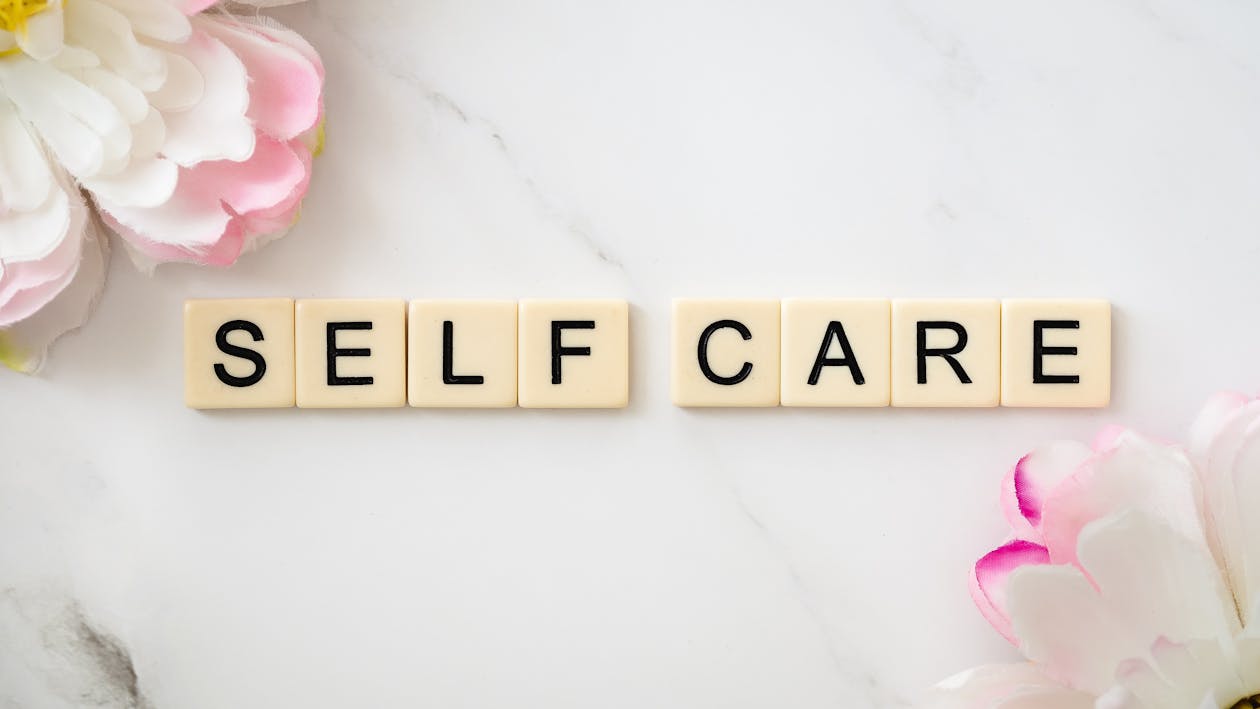What do you think about when you hear the word GUIDE in relation to PARENTING?
That you need to GUIDE your child?
Let's try a different mindset.
How about asking yourself what you should be doing to GUIDE
YOUR PARENTING
In the book "Between Parent and Child" by Dr. Haim G. Ginott, Dr. Ginott explains:
"Parents set the tone of the home. Their response to every problem determines whether it will be escalated or de-escalated."
(Ginott, Ginott, & Goddard, "Chapter 10: ", 2003, p. 192)
Feeling guilty? I did too when I read this.
I don't think the intent was to send us into shame but to rather help parents rethink their motivation behind every interaction with their children.
Dr. Ginott gives a strong statement to parents:
"When Discipling - Be Permissive of Feelings, but Strict with Behavior"
(Ginott, Ginott, & Goddard, "Chapter 10: ", 2003, p. 196)
If you are like me, you are probably asking how that is possible?
Well, lucky for us, Dr. Ginott also gives us seven lessons to guide our parenting:
1. "The beginning of wisdom is listening."
I like this statement. When we talk to our children are we really taking the time to listen to what they have to say? Listening creates empathy. Listening helps with understanding.
2. "Do not deny your child's perception, do not dispute his feelings, do not disown his wishes, do not deride his taste, do not denigrate his opinions, do not derogate his character, do not argue with his or her experience."
So what DO YOU DO? You ACKNOWLEDGE. Acknowledging helps the child be heard. Acknowledging a child meets them where they are at. Think about how you would respond to a two-year-old if they called a horse a dog. You wouldn't yell at them, you'd calmly say something like, "It sure looks like a doggie. Doesn't it?"
Step 3 and 4 Go Together
3. "Instead of criticism, use guidance. State the problem and possible solution."
4. "When angry, describe what you see, what you feel, and what you expect, starting with the pronoun "I."
Dr. Ginott is not the only one who recommends using "I" statements. So I think it is a really important part of the discussions. For example; "I can see that you are upset because you want to eat right now. I am hungry too, but dinner will be ready in just a few minutes. I expect you to wait until we all sit down to eat. Could you help me put the food on the table?"
This takes practice for both the parent and the child, but I know if you are consistent, you'll find more harmony in your family.
5. "In praising, describe the specific acts. Do not evaluate character traits."
I will cover this one in more depth in another blog post. However, a good thing to remember is to make a specific observation and why you liked that they did that. For example, "Johnnie, I appreciate the way you put your dishes in the dishwasher. This saved me a lot of time."
6. "Learn to say 'no' in a less hurtful way by granting in fantasy what you can't grant in reality."
My six year old has been begging me every day for a new puppy. In reality, it isn't going to work for our family to get a new puppy, but I don't have to tell him that. In fantasy, I say, "Oh buddy! I wish we could get a puppy now too. They are so soft and adorable. Can you go get your stuffed animal puppy and we will pretend it's our new puppy?"
And the last lesson:
7. "Give children a choice and a voice in matters that affect their lives."
Right now our family is finding the balance of work and school at home because of the Covid-19 pandemic. Our daily routines have been tossed to the side. It has been very important for them to be able to have some choices during a time when many of their choices have been taken away. So instead of saying homeschool starts at 9am, I say, "Would you like to start your schoolwork at 9am or 10am.?" It's a good idea to choose two choices that you are comfortable with.
These are great ideas that Dr. Ginott has given us but remember you will not execute them perfectly.
My advice is to take one and focus on it for a while. As you become more proficient you can add another. I also know that as you work towards elevating your parenting skills, Heavenly Father will help you.
As always, I am here for you. Comment below with questions! ~Piano Gal Val
References:
Ginott, H., & Goddard, H. W. (2003). Chapter 10: . In A.
Ginott (Ed.), Between Parent and Child: Revised and Updated (pp.
192–203). New York, NY: Three Rivers Press.












